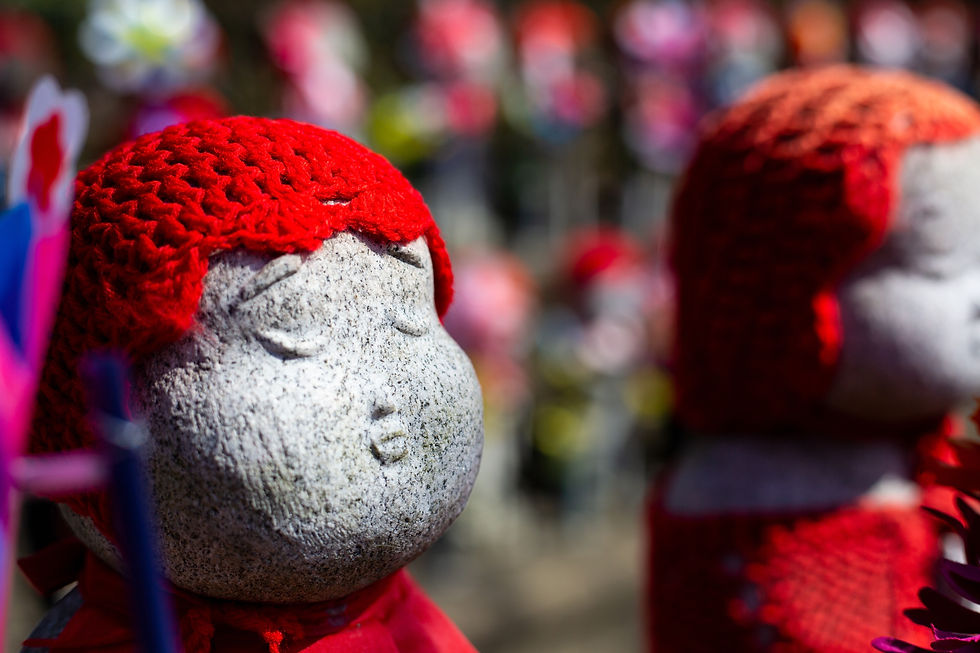The quickest way to restore emotional balance
- The Big Bindu

- Aug 1, 2020
- 3 min read
Updated: Aug 4, 2020

My favourite pick me up, by far, is Anulom Vilom, a form of Alternate Nostril Breathing. To say that Anulom Vilom is a breathing exercise will be a gross understatement. One of the easiest Pranayamas (breathing exercises in Yoga) to do, it is a very effective Yogic technique to achieve a state of balance and internal harmony.
Pranayama is defined as a set of breathing techniques that are used to control the flow of vital energy in the body. It is made up of two Sanskrit words - Prana which means vital energy or life force, and Ayama which translates to control or regulate. If practised regularly, pranayamas help reduce stress, improve sleep quality, improve the functioning of the parasympathetic nervous system, and strengthen the respiratory system.
Anulom Vilom is one of the easier to do pranayamas. Steps are as given below:
Sit erect comfortably, hands on knees with palms facing down.
Eyes are either fixed at a point ahead or if comfortable, closed.
Use the thumb and little/ring finger of the right hand for opening and closing the nostrils.
Start by closing the left nostril with the little/ring finger and inhaling with the right nostril.
Close the right nostril with the thumb, release the left nostril and exhale from the left nostril. Inhale from the left nostril.
Close the left nostril with the little/ring finger, release the right nostril to exhale.
Repeat the process by starting inhalation from the left nostril. This completes one round.
Some things to keep in mind:
Can be practised for 10-15 minutes. But start with a few rounds and gradually increase over time.
Breathe slowly, fully and comfortably
Practise on an empty stomach.
Avoid forcing the breath and any strain.
Avoid jerky movements.
Benefits of Anulom Vilom
Anulom Vilom has many benefits like increasing concentration, developing awareness of breath, sleeping better, and reducing blocked nasal passages. I have found Anulom Vilom particularly therapeutic while working with different physical and emotional issues.
For those with shortness of breath: Some of the Pranayamas can involve retaining/holding the breath or equal breathing which means inhaling and exhaling for equal durations. These can be challenging for those who experience shortness of breath. Anulom Vilom can really benefit in such cases as it helps with relaxing the breath and gradually deepening it.
People with Asthma: Laboured breathing is one of the common symptoms of Asthma. Controlling the breathing process helps relax the chest and build stamina in the lungs. It also helps get rid of congestion which makes breathing easier. Even 30 days of practising Anulom Vilom everyday for 10 minutes can bring a tangible positive change in the breathing capacity of those with Asthma.
People with Depression: One of the main challenges of sitting and focusing on the breath for those with depression is the wandering of the mind and the surfacing and resurfacing of negative thoughts. An advantage that I find with Anulom Vilom is that because the breathing is interlaced with an activity (of opening and closing the nostrils), it keeps the mind relatively busy. It thus becomes easier to experience the benefits of a breathing exercise without the risk of triggering the mind.
When experiencing anxiety or feeling down: Breathing through alternate nostrils helps restore balance between the right and left sides of our system (known as the Ida and Pingala energy pathways) by clearing any blockages of energy on both sides. This in turn helps to calm the nervous system. It is a quick and wonderful way to relieve stress and calm anxiety. For times when we feel ungrounded or shaky, Anulom Vilom is a great anchor.
Whether you need an SOS, a quick fix, an energising breathing practice for your mornings, or a gentle breathe-yourself-to-sleep, Anulom Vilom will never let you down.



Comments